Dual pricing in tourism is a common practice all throughout Asia… and it’s utter nonsense. Here’s why dual pricing is unfair, and what governments could do instead.
If you’ve traveled in Asia, you’ve probably encountered—and debated—”dual pricing” before.
For those not in the know, dual pricing is a practice where ticket prices for sights are determined by nationality, with locals paying less than foreigners.
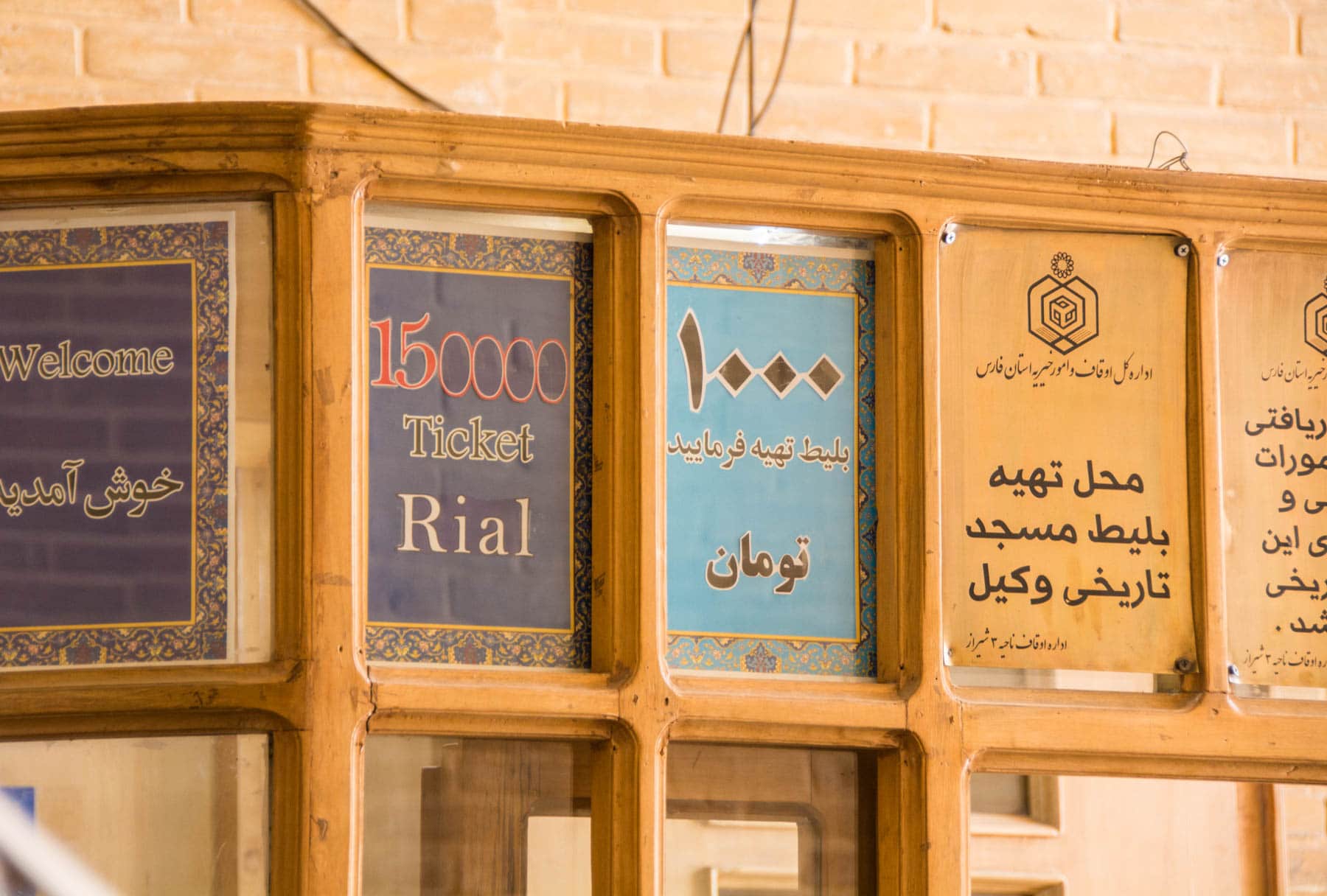
Dual pricing at Vakil Mosque in Shiraz, Iran. Local price: 1,000 rial. Foreigner price: 150,000 rial. Say what?
The extremity of the pricing system varies from country to country. In Iran, we paid 5 to 8 times the local price. In India and Pakistan, foreign tickets are usually 10 to 20 times more expensive than the local variant. And in Thailand, foreigners often pay twice as much as locals. The most extreme example is Petra in Jordan, where foreign tourists pay up to 90 times the local price.
The arguments in favor of dual pricing seem compelling:
- The money is needed for maintenance
- Poor locals shouldn’t be priced out of their country’s sights
- Foreign visitors have more money so they should pay more
- Entry prices in other countries are high, so they should be high everywhere
Many people agree with these… but I’m here to say they’re utter nonsense.
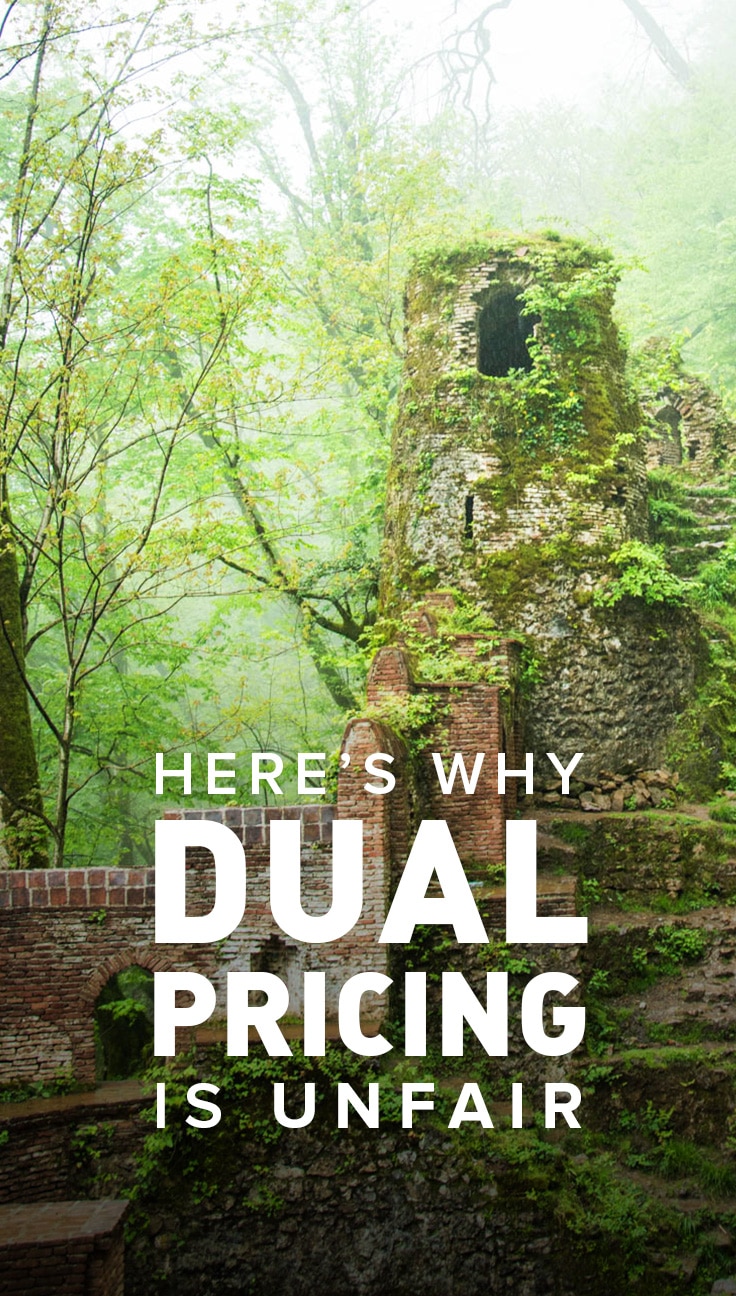
The money is not used for maintenance
It’s not a matter of opinion: maintaining cultural sights is of upmost importance. No one wants to see the world’s heritage fall to ruin.
The problem is that, in countries where dual pricing is common, it’s questionable if the extra income generated is actually used for maintenance.

Maintenance, eh? Trash in Deosai National Park, Pakistan.
Plenty of sights we’ve visited in the last year could really use a scrubbing… at least. Having some trash bins on the vicinity wouldn’t be terrible idea, and some signage in English (or French, or Chinese, or anything but the local language) would go a long way. If foreigners are going to be charged more, there should at least be amenities to justify costs.
Of course, all of this is lacking. This raises the question, what happens with the money?
The other day we shared some uncomfortable findings on our Facebook page about millions of dollars of discrepancy in the Taj Mahal’s reported revenue, versus what it should be calculated from reported visitor numbers. No one was surprised.
Poor management is one of the reasons third world countries are what they are, and corruption plays a huge role. Since there’s hardly any transparency or accountability in these countries, it’s reasonable to assume much of the income generated from tickets ends up in the pockets of officials. Even worse, it might be squandered on ill-advised policies and white elephant projects that don’t benefit the local population nor the country.
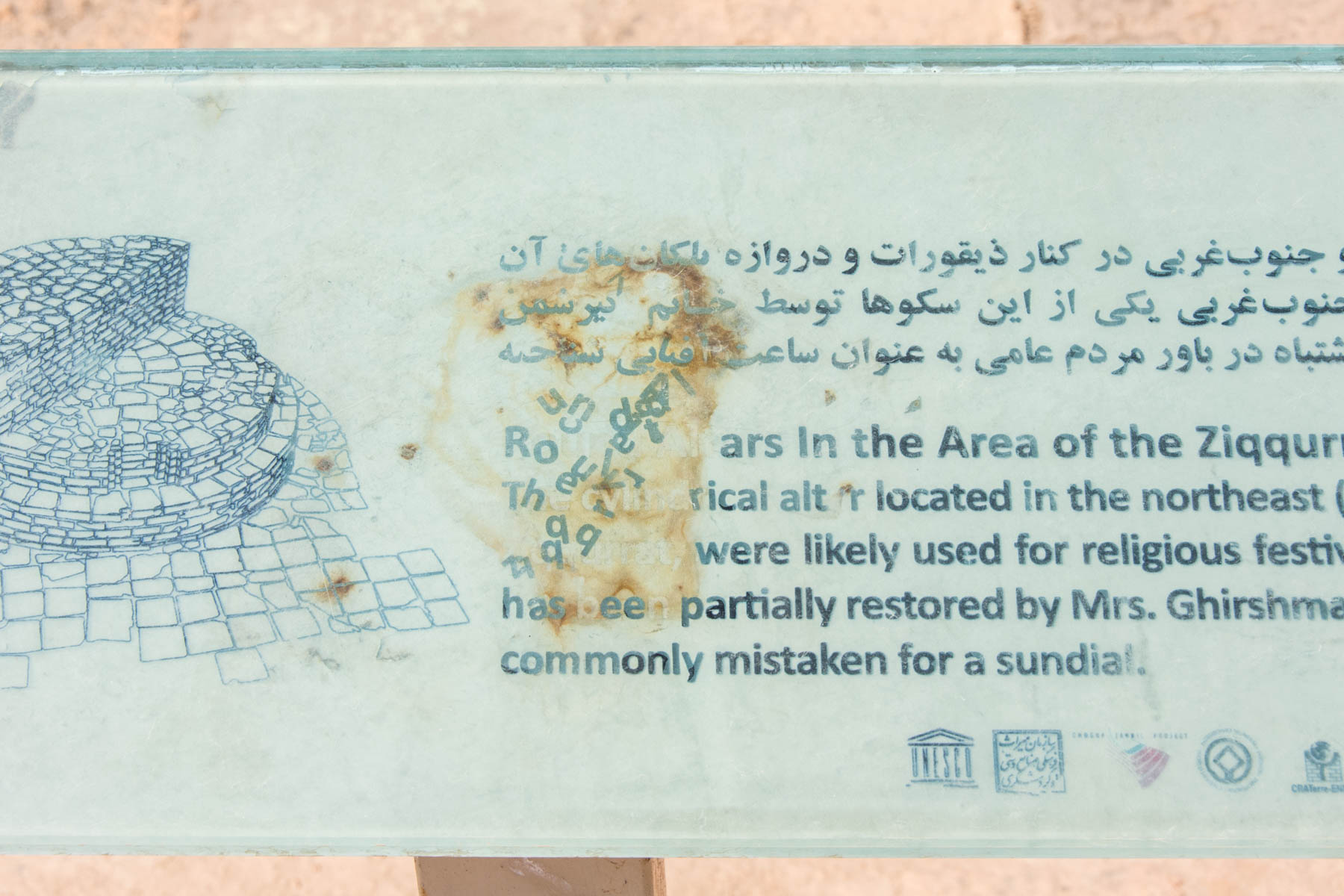
Quality upkeep at Choqqa Zanbil in Shush, Iran.
If ticket revenue was visibly used for maintenance and improvements, the argument for dual pricing would be stronger. But, of course, it’s not.
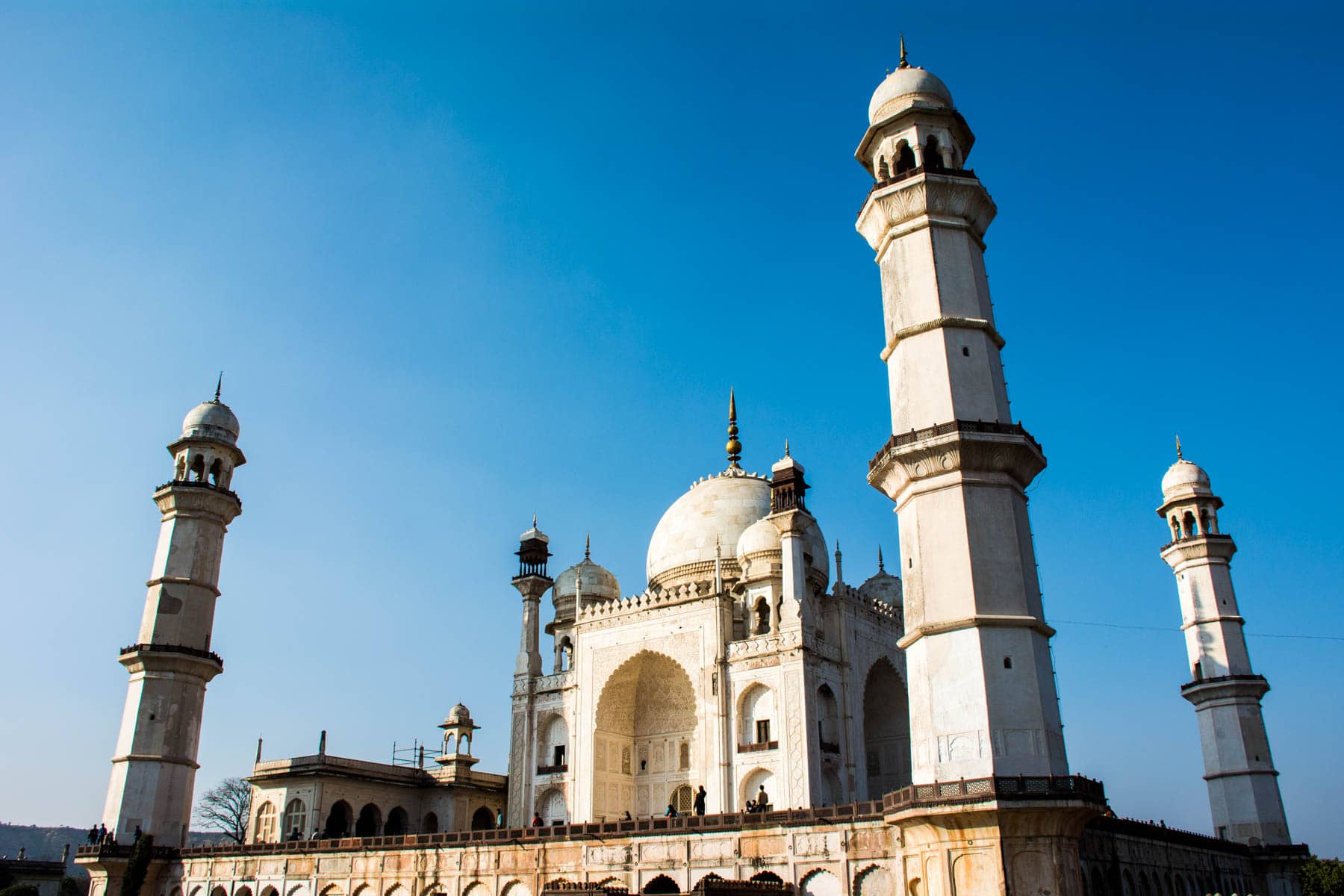
The Bibi Ka Maqbara in Aurangabad, India is 15 Rs for locals to enter. And even that can be too high.
People are always priced out
Perhaps the most compelling—and most fallacious—of the arguments for dual pricing is that locals mustn’t be priced out of visiting sights. Though it’s a nice idea, the reality is, unless entry is free, someone is always priced out.
The population of the countries where these practices are most common are, generally, poor. Many people struggle to get food on their table, or shoes on their children’s feet. For these people, any price other than free entry is too high.

Stringing flowers sold at 10 Rs a strand? Spending 15 Rs on a ticket is probably the last thing on her mind.
Even free entry wouldn’t necessarily persuade them to visit a sight, considering the hidden costs of visiting. To start, there’s transportation, food, and accommodation.There’s also the opportunity cost of time. Time spent sightseeing is time not spent making money to feed the family.
People are, and will always be, priced out.
This truth isn’t confined to the third world, either. Not all Frenchmen can afford to visit the Louvre. The same goes for Americans and the Museum of Modern Art in New York. This is a sad truth, but it’s the truth.
Conversely, people visiting sights in the third world usually have disposable income. And in these countries, if you have disposable income, you usually have a lot of disposable income. Another sad truth.
For the upper and middle class in these countries, a small increase on an already trivial ticket price will hardly hurt their wallet. They’re also walking proof that the argument of foreign tourists always having more money is far from true.
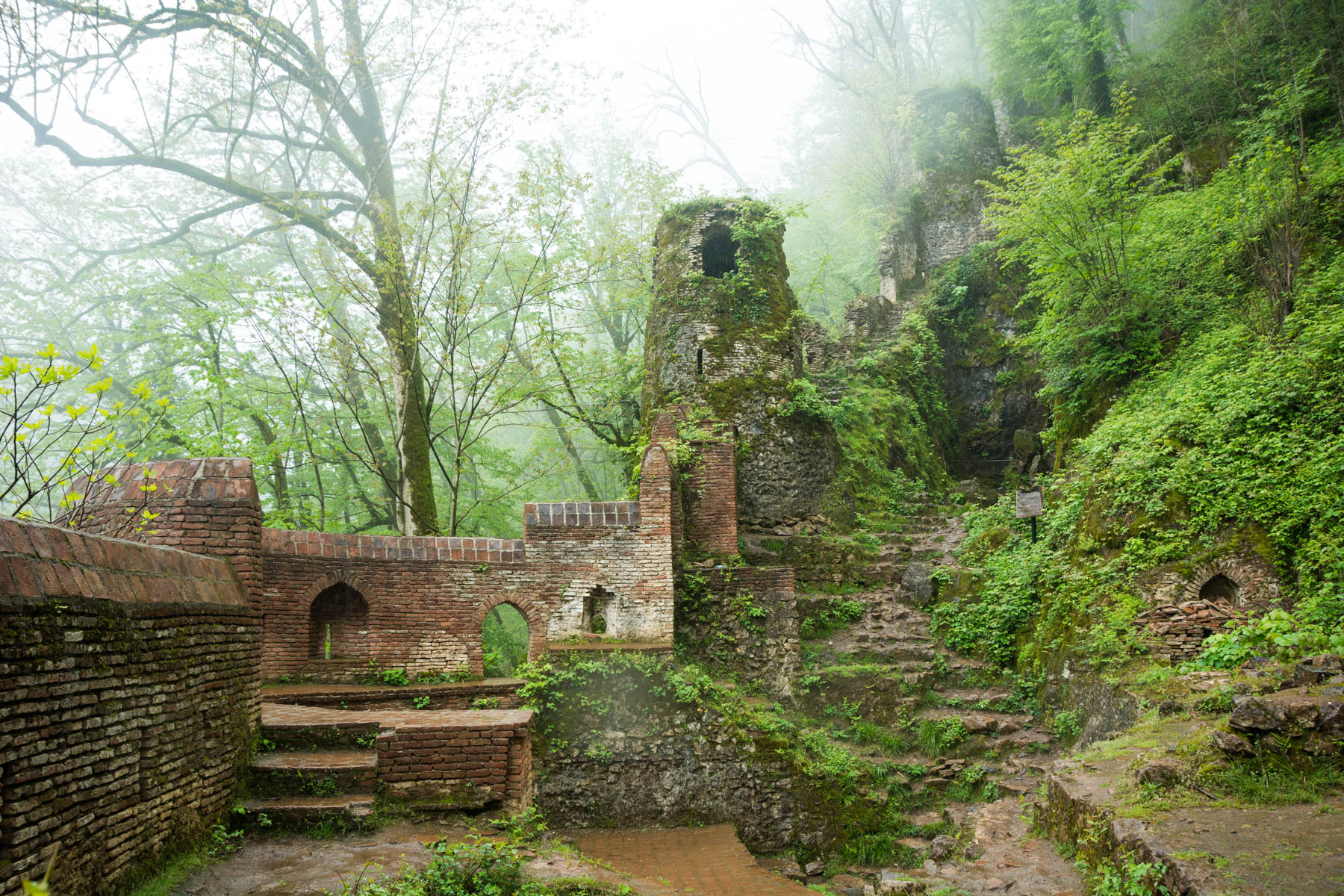
Not convinced about poor locals? Head to Qa’leh Rudkhan near Rasht, Iran to rub shoulders—and bump DSLRs—with local tourists.
It hurts the local economy
One of the responsibilities of sustainable tourism is to ensure your tourist money goes into the local economy. Dual pricing systems, unfortunately, have an adverse effect.
If I spend 500 Rs to enter a sight in India, that’s 500 Rs not spent eating or drinking at local restaurants. If I spend 200 Rs to see a museum, that’s 200 Rs I can’t spend on a rickshaw ride.
In short, the more money I spend on sights, the less I have to spend on the local economy.
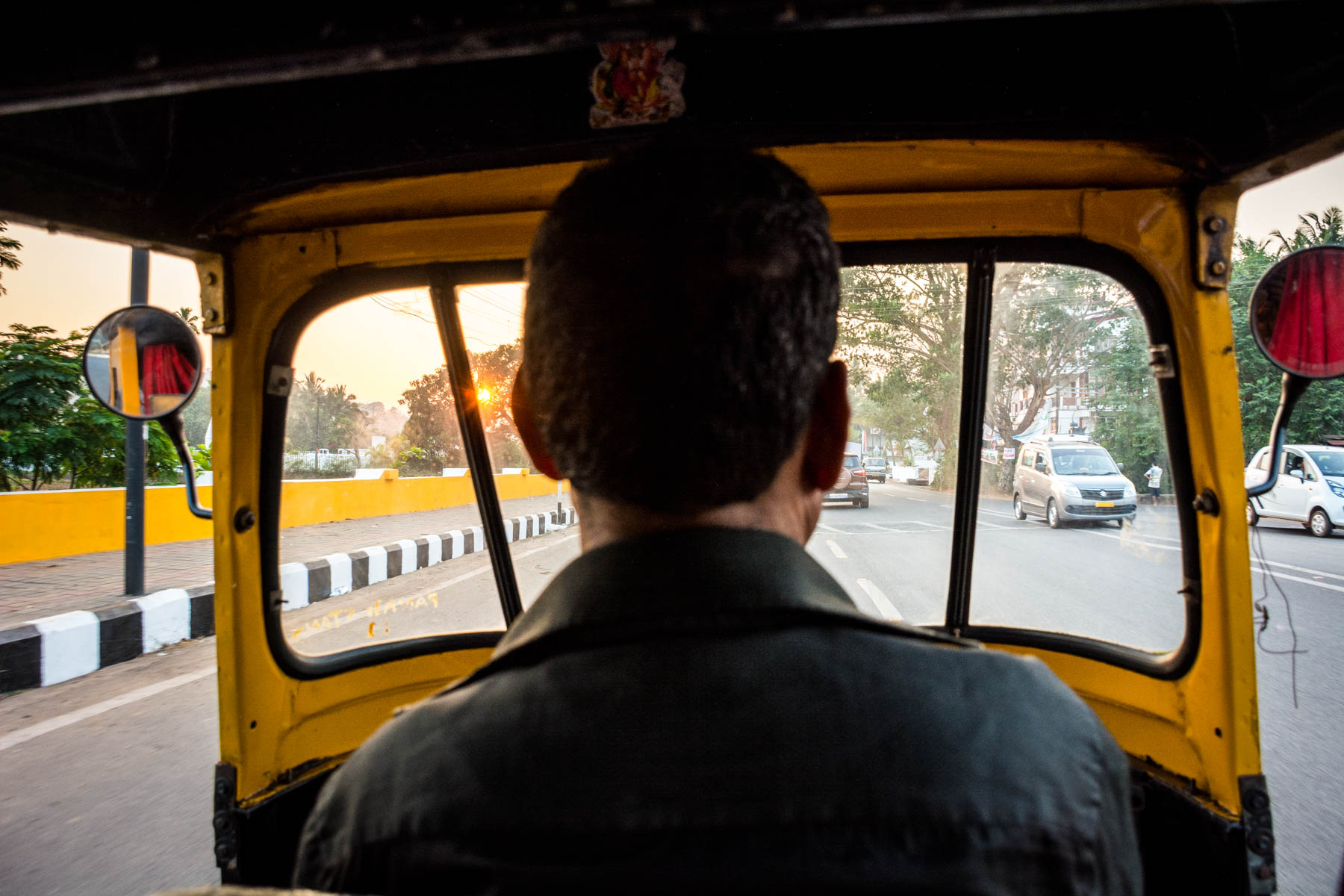
Some would argue spending the money on the sight is helping the economy. But considering most sights are run by governments, and these governments are notorious for pocketing (and wasting) money, you have to wonder if the money will ever make it back to local economies. I daresay it won’t.

You’re much better off buying a cool lime juice (or three) from this lovely lady than spending the money on a government-run sight.
In my opinion, having a fair rate across the board for both locals and foreign visitors is not only equitable, it’s economically prudent. In the case of independent tourists, money not spent on sights is much more likely to end up in the local economy, in the hands of people that need the money much more than some fat-cat official in his lofty mansion.
At face value, dual pricing might seem like a good idea, maybe even a honorable idea, but look a bit harder and you’ll see why dual pricing is unfair, unjustifiable, and unwise.

The Sheikh Lotfallah mosque in Esfahan, Iran, another stunning sight with wildly discriminatory prices.
The price of foreign sights is irrelevant
Dual pricing is often justified by officials pointing out the ticket price is still less than they are in other countries. This argument is the most nonsensical of all.
True, ticket prices for cultural sights and museums are much higher in Western countries than they are in most Asian countries. But so is food. And accommodation. And public transport.
By this reasoning, everything should be made more expensive to foreign visitors because hey, it’s still cheaper than it is back at home! Taking the metro in New York City costs $2.75, so should the metro in Tehran be 90,000 rials a ride? A sandwich in London can go for £8, so should a dosa cost 675 rupees in Hyderabad? I think not.
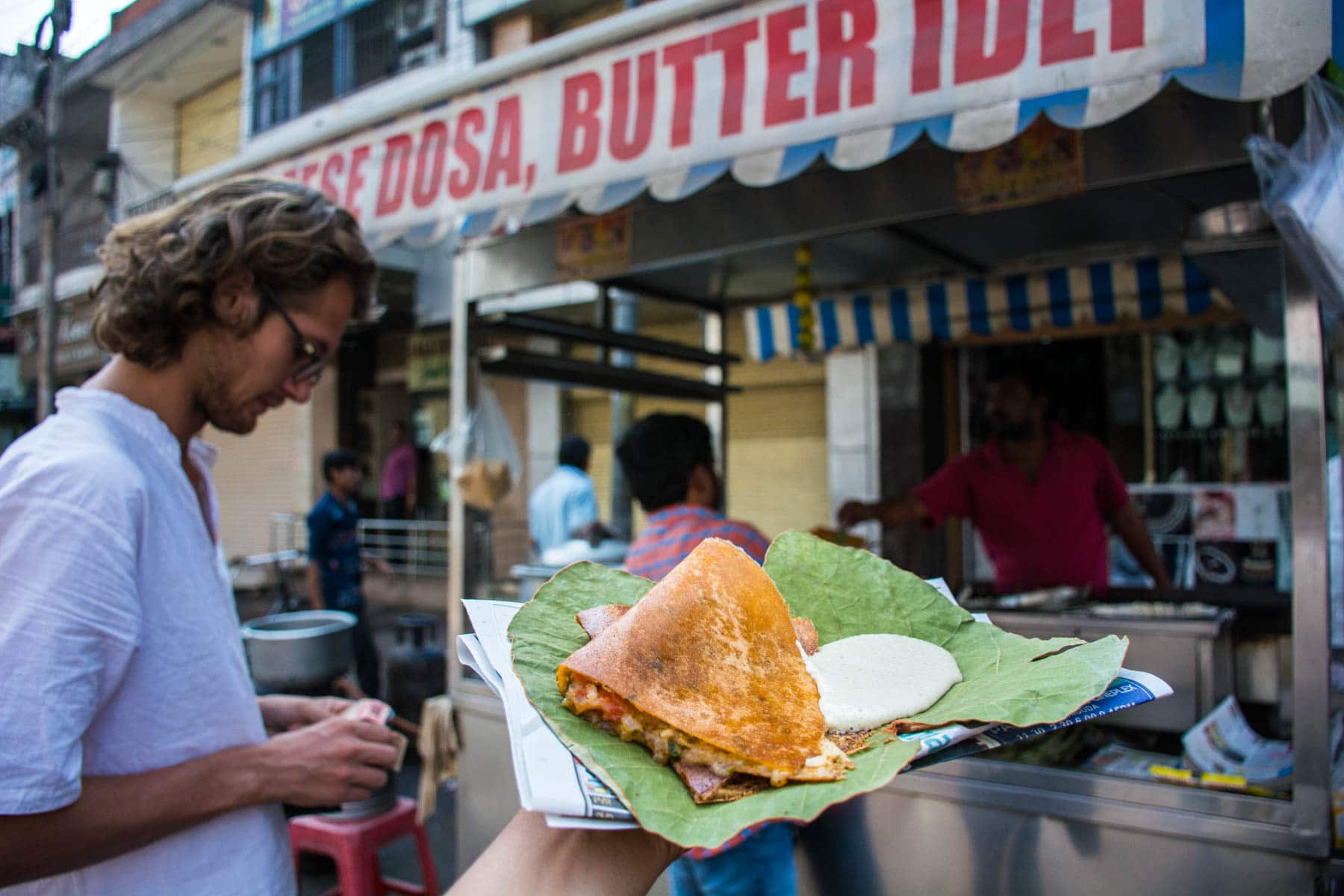
A dosa for 60 rupees… as it should be.
Purveyors of this argument forget that the cost of living, space, upkeep, and wages are much higher in Western countries. Given the cost of living, a €25 museum ticket in the heart of Amsterdam makes sense. But this does not justify a €10 museum ticket in a country such as Pakistan or Indonesia, where all costs are much, much lower. The two are unrelated.
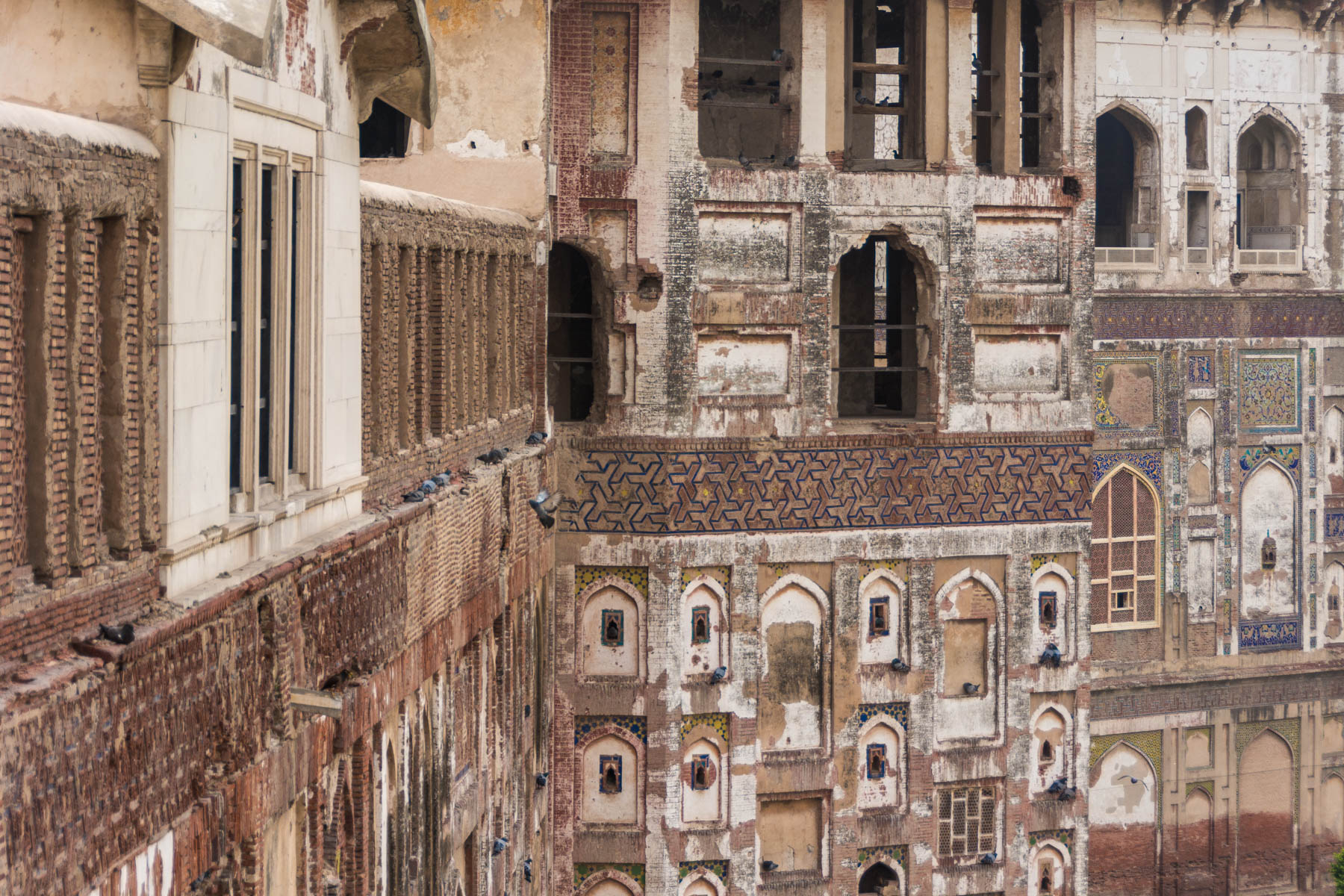
Lahore Fort in Pakistan is beautiful… but the price discrimination is insane. Foreigners: 500 Rs. Locals: 20 Rs.
Many tourists flock to Asian countries precisely because they’re more affordable than the West. By embracing dual pricing, and by inflating tourist ticket prices to rival their western counterparts, officials destroy the allure of visiting their country. Upset tourists, offended by price discrimination, will avoid the country and its sights in the future, hurting its economy in the long run.
The solution?
Who am I to criticize if I don’t offer a solution?
The solution, to me, seems simple: a uniform price across the board, with special arrangements for students, children, and the elderly. The price point would ideally be somewhere above the current local price, and below the current foreigner price. In many cases, locals prices completely exonerate locals from responsibility for the sight. It is cheaper to enter most sights than it is to get there by public transport.
A uniform price isn’t just fairer, it’s beneficial to the local populations, it shifts more responsibility towards the local population, and such a move might force officials to make better use of the income they do generate.
The next—and more difficult—step? Convincing governments to listen.
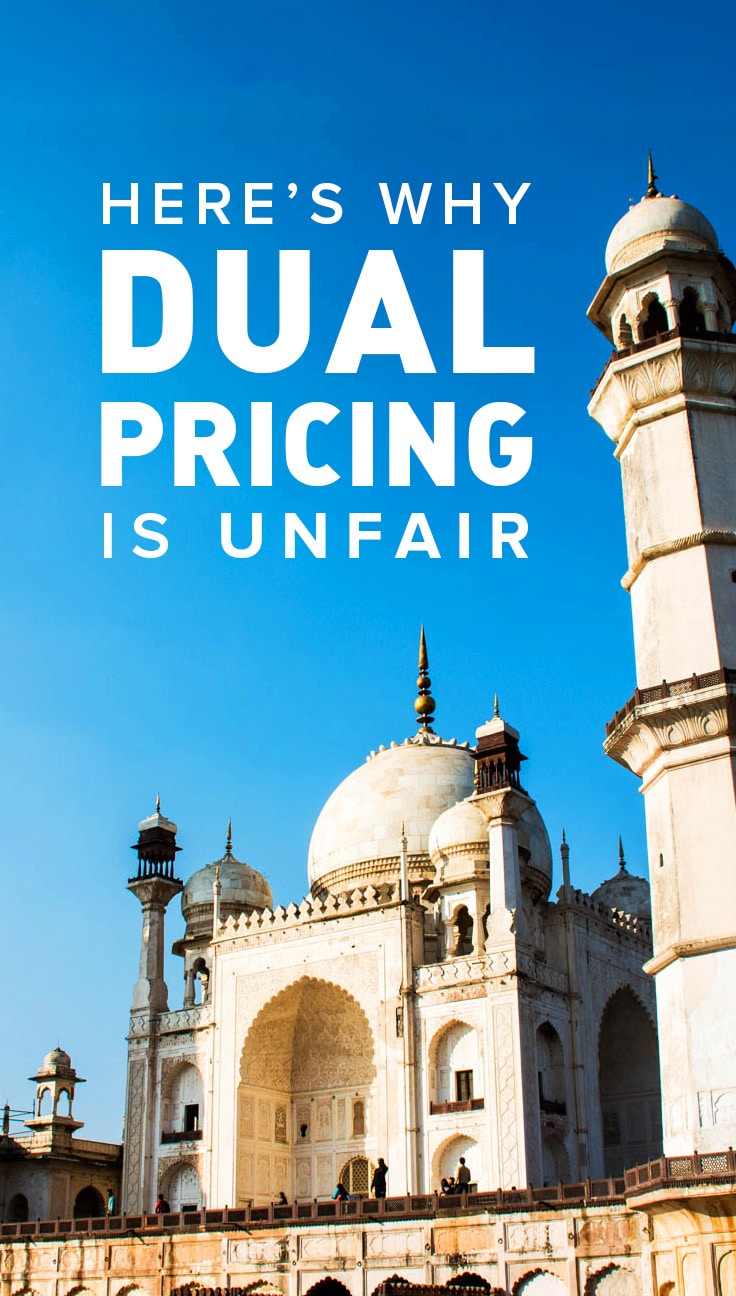
Still feeling the financial injustice? Here’s more to stoke the fires: I’m foreign, so I must be rich.
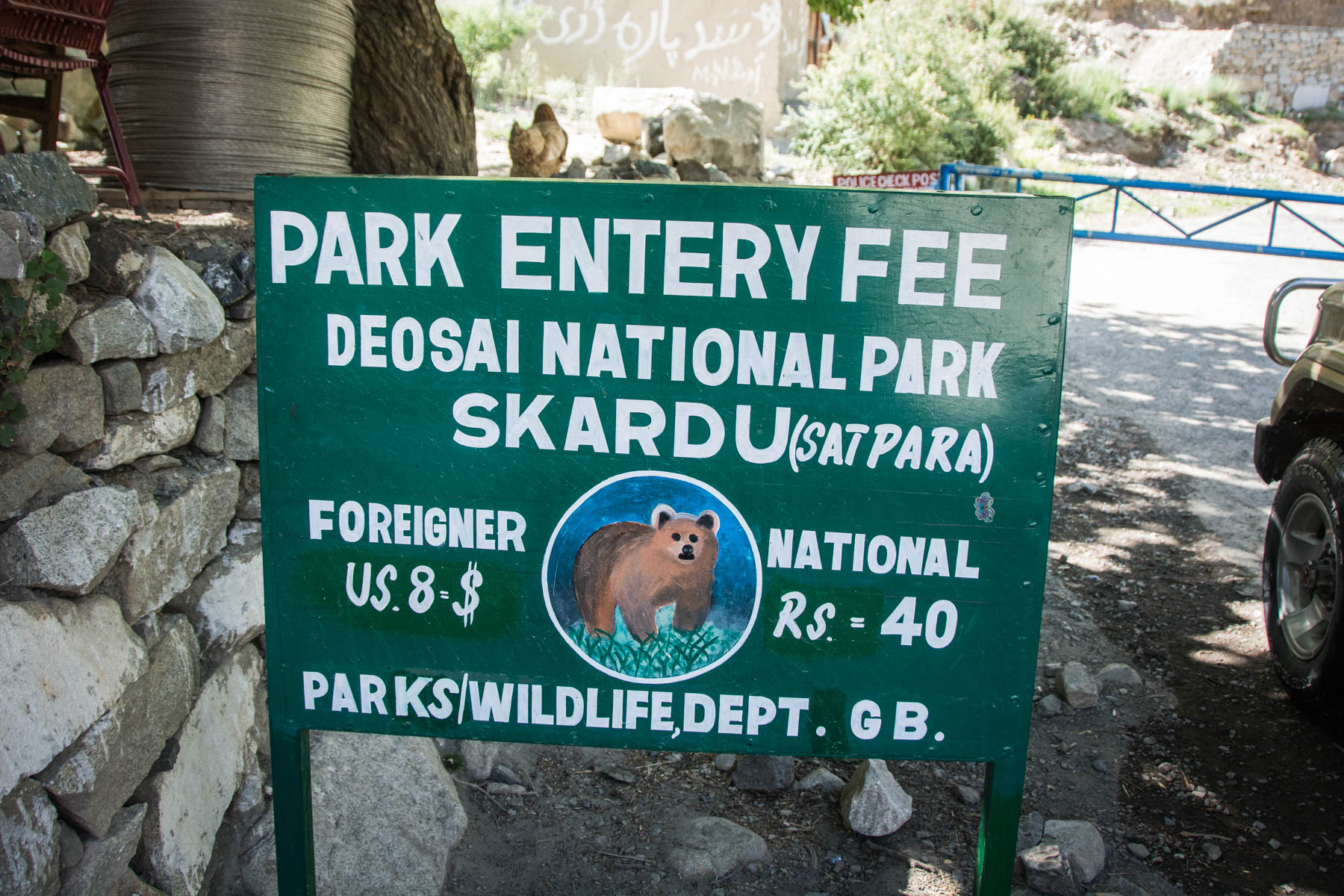


I enjoyed the post. It also makes me appreciate DC – where nearly all the public museums are free for all. And they continue to add new, excellent museums!
I did have a related question about sustainable tourism, since traveling the world typically provides a great appreciation for our planet, but paradoxically, the immense carbon emissions that come from flying also endanger our planet’s future. As someone who loves travel, I find this paradox challenging. How do you deal with this issue? I find carbon offsets to be promising, although you have to be careful to find legitimate and effective offsets, but I’m interested in other ideas as well!
We try not to fly. We only flew into Georgia from or homecountry, and flew in Afghanistan for safety reasons. Besides that, we avoid planes and take public transport and shared taxis wherever possible.
I don’t agree, the actual price/fee is the tourists/foreigners fee but the local government/administrations give subsidiary to their citizens so more locals can visit their heritage sites. it is as governments pay subsidiary for other stuff, take health care for example, it is free in the Netherlands for residents, with your logic it should be free for every visitor. I would love to pay less when/if I visit a site but it doesn’t have anything to do with logic and reality of it.
But there are plenty of sights that aren’t run by the governments, where dual pricing is still a thing. The discrepancy between local and foreigner is also absurd sometimes. And there are plenty of cases where foreign prices go up, but local prices aren’t. If your theory is correct, than local prices should rice too.
Also, if you’re going to use analogies, at least do your homework. Health insurance isn’t free in the Netherlands. It is subsidized, and the subsidy is linked to ones income. Foreigners and locals alike get this subsidy. It’s also just a really strange analogy.
Great thinking you have there,
I’m a born raised Indonesian and I usually took foreign students in my university to visit some cultural places in Yogyakarta where my university are located, yet I feel that I’ts quite unfair to charge price more than double of local prices like in Borobudur or Prambanan temple, maximum dual pricing should be double the local price not more, the site management should also put price transparency where and why tourist are charge more so that tourist know where did their money goes, unfortunately most of Tourist attraction in Indonesia doesn’t apply that.
I currently live in Bali for the past 5 months , and price discrimination here are worse than what I found in Yogyakarta, even some warung’s ( Small restaurant ) charge tourist price unsolicitedly, I experience this when I order a portion of Nasi Goreng in a small warung in Canggu the menu said it’s IDR 25K but when I Paid it is actually IDR 9K! just because I’m a local while bule ( a calling for expats in Indonesia ) have to pay IDR 25K without them knowing that the prices are tourist prices, this is getting out of control where locals can use dual pricing just because they want more money.
Another example is Komodo Island where I recently visited it. At the ticket booth two guy were sitting on a separate table, a group of foreigners already there buying for tickets on the left side table while we are ask to go to the other guy sitting in front of a table on the right, when my dad ask how much do we have to pay, the ticket guy ask my dad to hush it down and wait until the foreign tourist to leave first so they wouldn’t hear the price difference, I was surprised to found this in of UNESCO world heritage site. At least be transparent about it, yes they put price sign on a shady corner of the room and yes tourist didn’t see that because the second they enter the building they are called straight to the table on the left where the ticketing guy told them how much it costs.
The point is, site management should be transparant on why they put differences between locals and foreigners and not to exaggerate the mark ups for tourist. A regulations should be implemented by the government on what places have the rights to use dual pricing so that it will not be missuses by people who only seek advantages from foreigners money to gain more revenue.
Thank you for your well thought out comment. We totally agree. Transparency is incredibly important, and if it were clearer where some of the money went, having to pay a bit more would be palatable. Unfortunately, we’ve been to many places where no records are kept of visitors at all, so it’s safe to say that money just goes into someones pocket.
It’s really annoying when “normal” services, such as restaurants and buses, start getting in on the dual pricing act. In the long run, we think this will turn tourists away all together. No one likes being ripped off around every corner.
We are quite surprised that UNESCO allows dual pricing to begin with. With this they are basically saying that discrimination is okay, which does not suit a UN body. It should promote transparency and accountability, something that dual pricing does not.
It is much more complicated with dual pricing in tourism. Please read some academic papers in that topic, e.g.
Laarman, J. G., & Gregersen, H. M. (1996). Pricing policy in nature-based tourism. Tourism management, 17(4), 247-254.
or
Apollo, M. (2014). Dual Pricing–Two Points of View (Citizen and Non-citizen) Case of Entrance Fees in Tourist Facilities in Nepal. Procedia-Social and Behavioral Sciences, 120, 414-422.
With best,
Not just third world countries have double pricing – nearly every country does the same, including the UK and the USA.
Classic example – Disneyland, which in the summer gives discounts of 50% to people with Southern California driver’s licenses (ie, locals) but charges full prices for anyone else, including foreigners.
Foreign students in the USA, pay substantially higher tuition prices every single quarter (or semester) than US resident students.
Etc… etc… it goes on. Thailand is not unique in that, and bitching and moaning about, as if you are somewhat entitled to, just makes you look like a ridiculous knob.
For example, park pricing – chances are that the foreigner who pays 200 baht will only go to the park once, while the Thai that gets to pay 20 baht is more likely to go frequently, and will go with their family and friends (Thais are social creatures, and going to parks or local wats is part of their behaviors.)
If you don’t like it, do as I do and send your Thai girlfriend to buy the tickets – that’s what we do in Southern California, buying Disneyland tickets for visiting friends, for example.
And another thing that makes a difference, is speaking Thai – and one thing that I’ve often observed in those most vocal in their complaints about Thai dual pricing, is that most of them can’t speak (or read) Thai, and will even refuse to do so. That probably tells me everything about those sort of entitled-feeling Primadonnas.
OH wow, I’ve never thought of it this way before. I personally just don’t go to sights when I think it’s too expensive, like when my friends went into the The Sheikh Lotfallah mosque in Esfahan, Iran I waited outside.
And while I understand that locals often want, or try, to charge tourists more, then at least the extra money goes into their pocket, while as you mention here – with government or big business owned get the extra money it usually stays there.
Just as you say, that money could be better spend on a local person doing small business to make a living.
It it ok if I link to this post?
Please, link away! Thank you for taking the time to read through the post and give it some thought.
Good post.
I was just commenting on this when visiting Mahabalipuram here in Chennai recently. Being Indian, I get charged INR 60, whereas ‘non-Indians’ get charged INR 600 (10x, basically). Half of my family is American, and while shelling out the equivalent of ~USD 10 is not a huge deal for us, the more important question is – the monuments and the nearby areas (walkway to beach, for instance) are not necessarily maintained well.
The government (local and central) make sure that they do everything in their power to NOT do anything / maintenance, etc, but just enough to rake in the money (entrance fees). Pathetic, but it is what it is. We can crib and shout all we want, but some things won’t really change – unless of course, a new ‘recession’ comes in.
On a side note – it has been a few years since I visited the Taj Mahal, but the grounds were not kept up well even back in the early 90s.
Sometimes in the UK the “tourist price” is infinitely more than the local price, e.g. residents of Bath and North East Somerset get into the Roman Baths free, anyone outside has to pay full price.
Even Disneyland and Disney World offer cheaper prices to locals.
Dual pricing certainly isn’t confined to the developing world.
Having said that, *national* museums in the UK, and some local ones, are free for everyone (except special exhibitions). The same applies to the Smithsonian (mostly) in Washington DC.